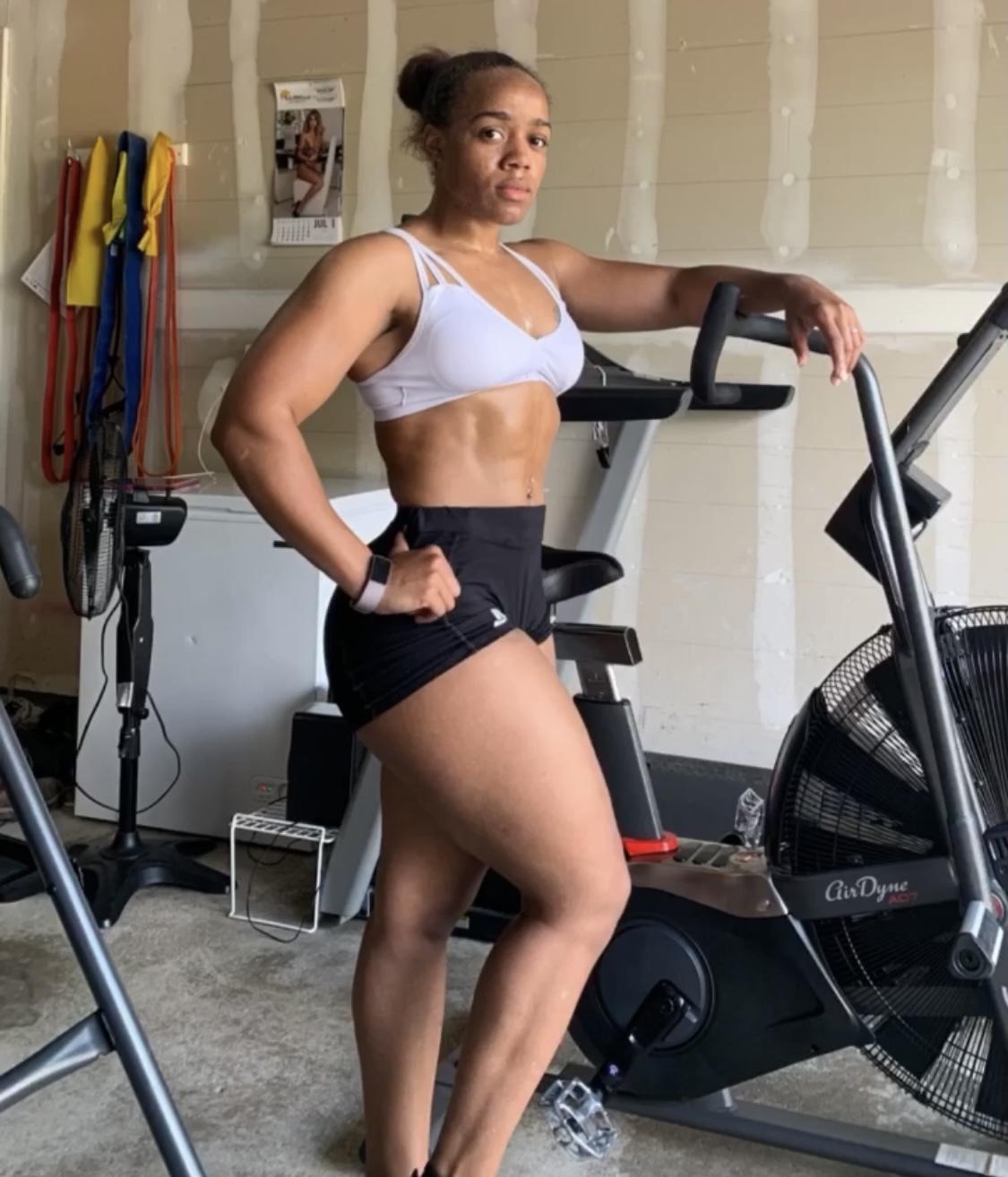
12 Effective Forms of Exercise to Improve Your Cardiovascular System
I find myself always recommending cardio to any and everyone, especially fasted cardio. I suggest it simply because when you finish you feel so much better. Doing cardio fasted may have some fat-burning benefits. However, my main reason is to just get it out the way, first thing in the morning. No matter the time or place, I personally believe having a healthy heart is extremely important. It’s so easy to push exercise off, especially as a woman working a 9-5 with a family, cooking and cleaning. Not to mention single mothers. I hope this blog helps motivate you to just move for at least 15 minutes a day.
Learning how beneficial cardio training can be, I’m sure you’ll be eager to get to it. So let’s start with a few benefits of cardio exercise.
- Promotes weight loss
- Increases lung capacity (total amount of air that your lungs can hold)
- Can reduce stress, decreasing depression and anxiety.
- Boost your confidence
- Helps reduce heart disease and its risks factors
- Improves sleep
- Increases stamina and reduces fatigue.
- Increases your libio (Get your groove on) (3)
Okay, so maybe you are not so motivated to get your body moving, yet. But that’s okay, let’s dive into why it’s important to have a healthy heart.
Cardiovascular Health, Why is it important?
We always say cardio, do cardio, but did you know that cardio is short for cardiorespiratory exercise. So when we do cardio, we are training our circulatory and respiratory systems.
These systems consist of the heart, the lungs, the blood vessels, and the blood. They work together to supply the body with oxygen and nutrients while removing waste produced by cells. To keep this short, if the cells lack their required nutrients, they will die, affecting the total function of tissues and organs.
Poor heart health increases the risk of cardiovascular disease. Factors that are associated with poor cardiovascular health including smoking, nutrition, obesity, Hypertension (high blood pressure), and high LDL (cholesterol levels). All of which are also associated with consistently low levels of physical activity.
I found an article that reviewed studies showing the effects of exercise and cardiovascular health. It was demonstrated that increasing high intense exercise helps lower blood pressure, higher insulin sensitivity, and improves the plasma lipoprotein profile (🔽LDL │ 🔼HDL). (1)
Study Findings: Measurable improvement in cardiorespiratory fitness requires approximately 1,400 kcal/week of leisure-time physical activity; higher workloads are necessary to halt the progression of coronary atherosclerotic lesions (1,533 +/- 122 kcal/week), whereas regression of coronary lesions is observed only in patients expending an average of 2,200 kcal/week in leisure-time physical activity, amounting to approximately 5 to 6 h/week of regular physical exercise (2).
Duration and Frequency
I could report an exact duration and frequency for cardio, but to be honest, I believe it should be individualized. Understanding that each form of cardio is not equal, and one person’s intensity is different from the next, there are too many variables to make the time frame concrete. The most important thing is to start where you are and try to advance day by day. If it’s 10 minutes, it’s still more than nothing.
Public Health guidelines
- 2.5 hours of moderate exercise a week – 50% to about 70% of your maximum heart rate
- 1 hour & 15 minutes of vigorous exercise a week 70% to about 85% of your maximum heart rate
So, what’s your intensity level? The most popular way to monitor your intensity is by calculating your maximum heart rate and train within your targeted intensity range. Here is the most commonly used formula 220 – age (years) = beats per minute (bpm), or you can use this calculator.
To make your cardio sessions most effective, I recommend using some form of a heart rate monitor, such as a fitness watch. I use a whoop band and my Fitbit. This way you know if your intensity is in the desired range based on your individualized MHR.
Okay, know that the basics have been covered, I will touch on several forms of cardio exercise good for anyone. If you have any underlying medical conditions, it may be best to see your physician first. If none, still be aware of your capabilities, there is no need to overtrain.
12 Effective Forms of Cardio
When choosing which form of cardio to do, you really have to find which one is best suited for you. I suggest trying as many as you can. Having a variety will help you stay motivated. Personally, I will do 4 different forms in a week. For example, I may run on Sunday, Rebound on Monday, Cycle on Wednesday, and do circuits on Thursday. Being able to change the form of cardio makes it more enjoyable for me.
- Running
- Beginner’s level – walking
- Intermittent level – Jogging
- Advanced level – Sprints
- High Repetition weightlifting
- Cycling/Spinning
- Rowing
- Swimming
- Circuit Training
- Hill Runs
Running hills is a great way to activate muscles that aren’t usually activated during flat-ground exercises. With increased elevation comes increased intensity of your workout. Find a hill and run it. However, instead of worrying about speed, focus on reaching the top. If you are not at a level to run it, it’s okay, walk it.
Benefits:
- Increases speed, strength, and power
- Increased intensity
Stairs
- Stairmaster
Recreational Activities
- Basketball
- Soccer
- Tennis
- Jump Rope
- Rebounding (Mini Trampoline)
- Kickboxing

References:
Nystoriak, M. A., & Bhatnagar, A. (2018). Cardiovascular Effects and Benefits of Exercise. Frontiers in cardiovascular medicine, 5, 135. https://doi.org/10.3389/fcvm.2018.00135
Hambrecht R, Niebauer J, Marburger C, Grunze M, Kalberer B, Hauer K, et al. . Various intensities of leisure-time physical activity in patients with coronary artery disease: effects on cardiorespiratory fitness and progression of coronary atherosclerotic lesions. J Am Coll Cardiol. (1993) 22:468–77. 10.1016/0735-1097(93)90051-2
Sex Med Rev. 2018 Oct;6(4):548-557. doi: 10.1016/j.sxmr.2018.02.004. Epub 2018 Mar 30



